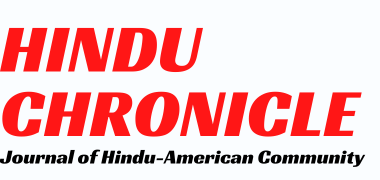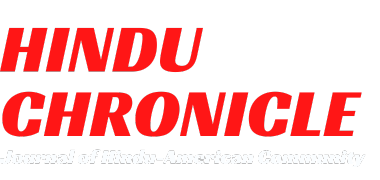Indian-Americans amongst 40 finalists vying in the Regeneron Science Talent Search
Where do science breakthroughs begin? The Regeneron Science Talent Search, earlier known as the Westinghouse and then as the Intel Science Search, is one of the most exciting arenas in science, spotlighting young talent who may go on to make discoveries which transform the world. And this year there are several young South Asians amongst the finalists.
Alumni in the past have included recipients of the world’s most coveted science and math honors, including 13 National Medals of Science, five Breakthrough Prizes, 19 MacArthur Foundation Fellowships, two Fields Medals and 13 Nobel Prizes. As George Yancopoulos, President and chief scientific officer at Regeneron notes, “The legend was that these were the kids who would go on to do amazing things, make inventions, win Nobel Prizes.”
The Washington based Society for Science & the Public (Society) is committed to expanding scientific literacy, STEM education and scientific research through its world-class competitions, including the Regeneron Science Talent Search, the Intel International Science and Engineering Fair, and the Broadcom MASTERS. In 1942, it launched its first Science Talent Search and it is still going strong with participation from the nation’s most promising young scientists.
Last year Ishani Singh, 18, of Cherry Creek High School in Colorado, had won $150,000 as the third place winner when she investigated the developmental requirements of sex chromosome genes affected in Turner Syndrome. She worked towards determining that women with Turner Syndrome (TS), a genetic abnormality in which the second sex chromosome is missing, do have some cells with two X chromosomes. Another winner last year was Syamantak Payra, 16, of Clear Brook High School in Friendwood, Texas who won $100,000 for his Smart Bionic Leg Orthosis, a smart bionic leg brace that bends the knee automatically as the wearer walks. He also wrote a smart phone/watch app allowing control of the brace using voice commands.
The projects this year span several STEM-related topics including therapeutic approaches to improving precision care for leukemia to developing a sensor to detect arsenic in groundwater. The finalists include several young South Asians. Here’s a sampling of the diverse scientific projects they have been working on: Aditi Singh has developed a computational model showing that visual short-term memory is an intrinsically limited human resource that may be further restricted by the brain’s rational decision to accept less precision to minimize neural effort; Eshika Saxena has designed a 3D-printed smartphone attachment that enables the camera to capture microscopic images of blood samples, which she then analyzed and matched to blood diseases in her custom 7,000-image database for rapid identification using artificial intelligence.
Read the rest @ https://www.lassiwithlavina.com/the-indian-americans/indian-american-scientists-regeneron/html



